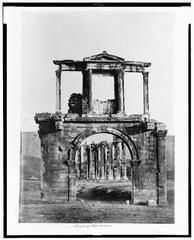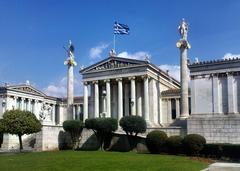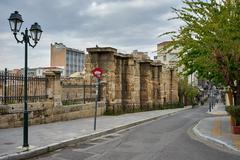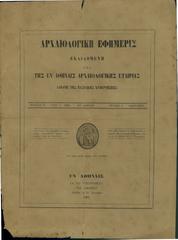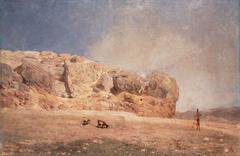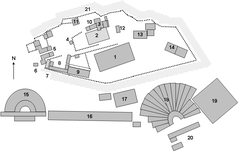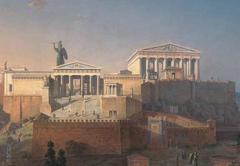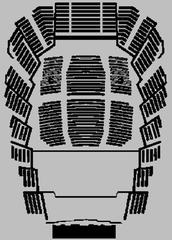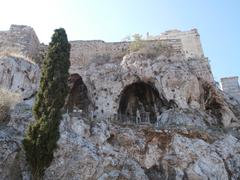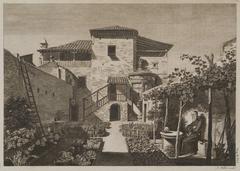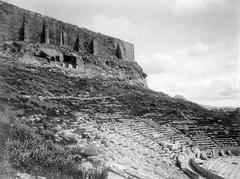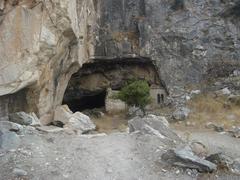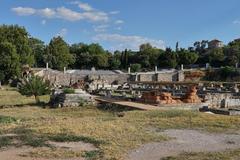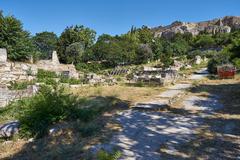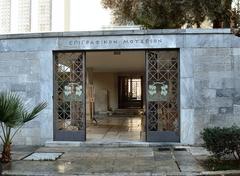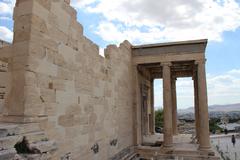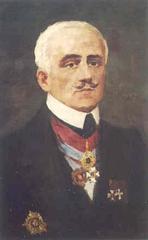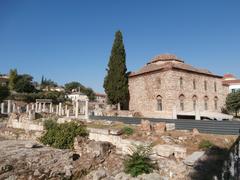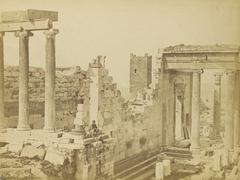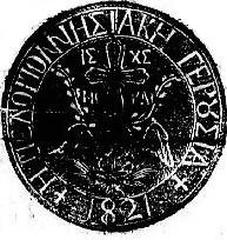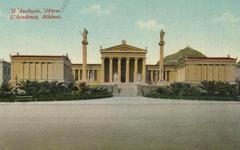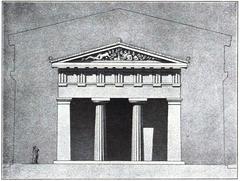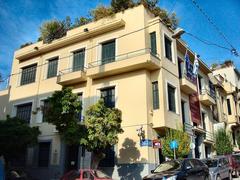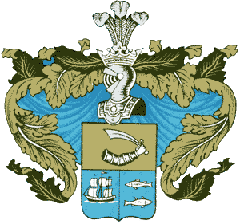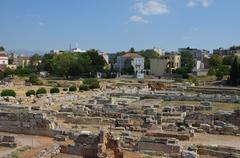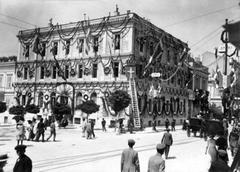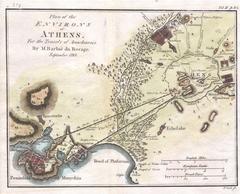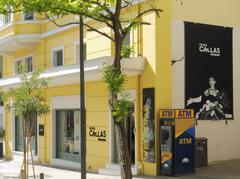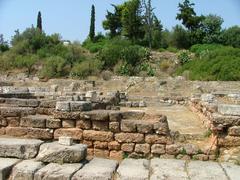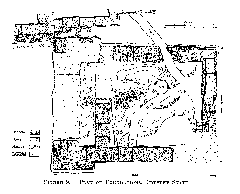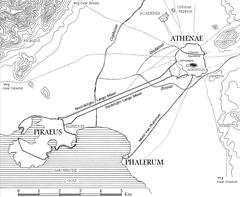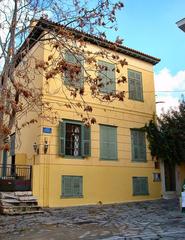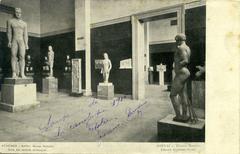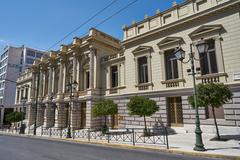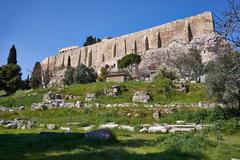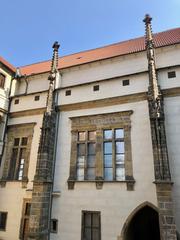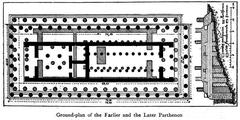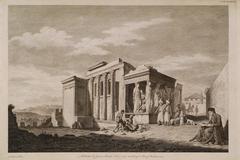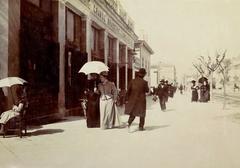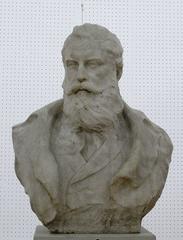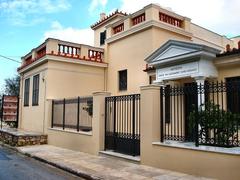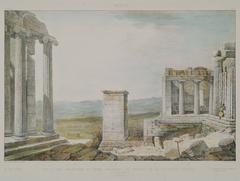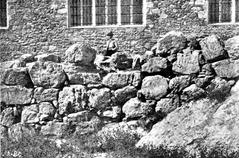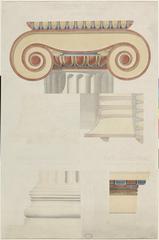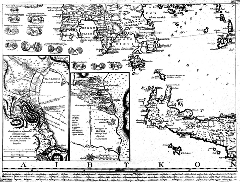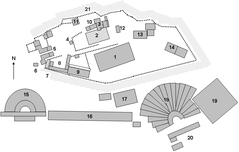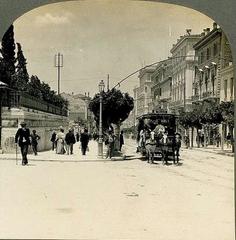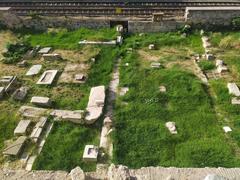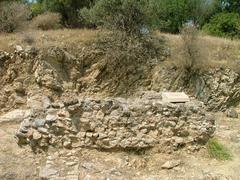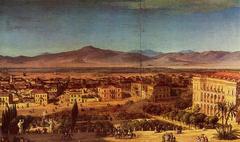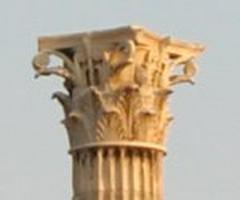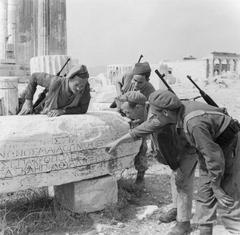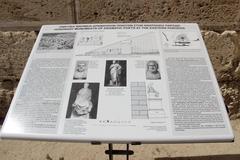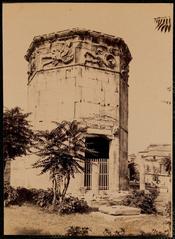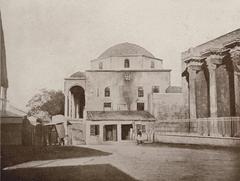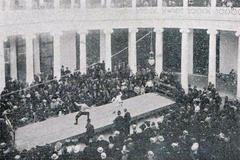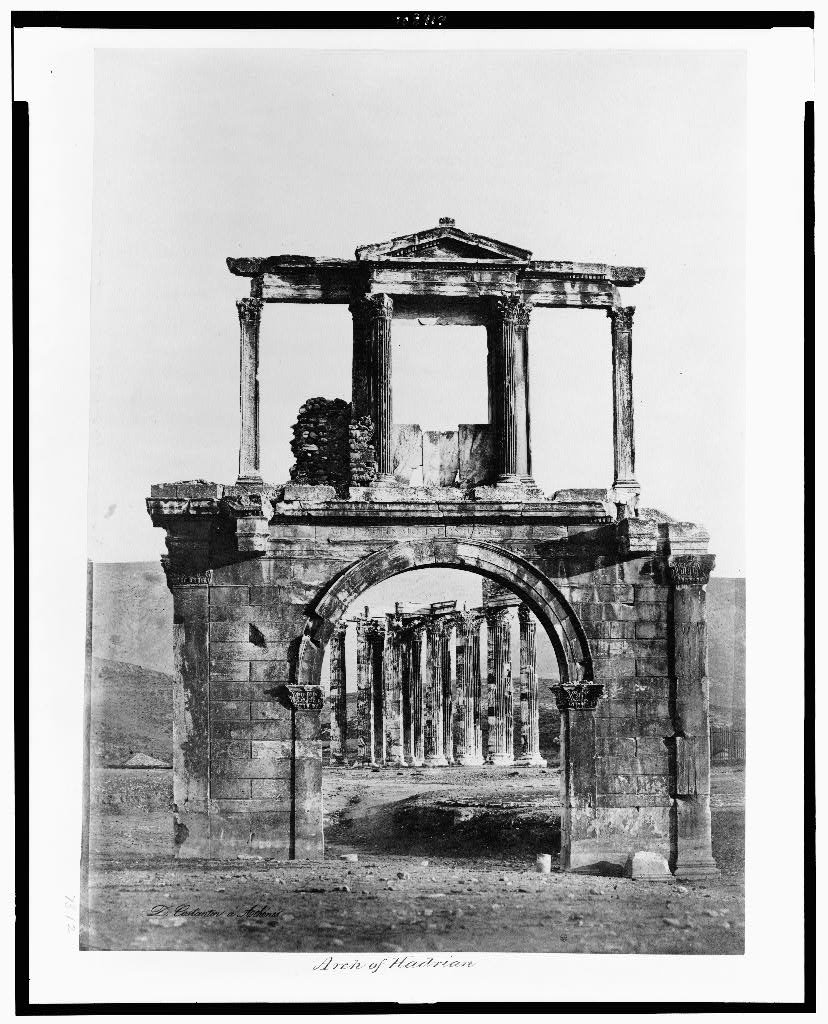
Visiting Hadrian’s Arch: Hours, Tickets, and Historical Sites in Athens
Date: 18/07/2024
Introduction to Hadrian’s Arch
Hadrian’s Arch, also known as the Arch of Hadrian, is an iconic historical monument in Athens, Greece. Constructed between AD 131-132 to honor the Roman Emperor Hadrian, the arch stands as a monumental gateway, marking the boundary between the ancient Greek city and the Roman city (Britannica). Made from Pentelic marble, the arch showcases the grandeur of Roman design while paying homage to Athens’ illustrious past. Visitors to Hadrian’s Arch can admire its impressive structure, explore its historical significance, and enjoy the surrounding attractions. This comprehensive guide provides an in-depth look into the history, architectural details, and practical information for visiting this remarkable monument.
Table of Contents
- [Introduction](#introductionintroduction-to-hadrians-arch)
- [History and Significance](#history-and-significancehistory-and-significance)
- [A Monument to a Roman Emperor](#a-monument-to-a-roman-emperora-monument-to-a-roman-emperor)
- [A Symbolic Division of Athens](#a-symbolic-division-of-athensa-symbolic-division-of-athens)
- [Architectural Style and Inscriptions](#architectural-style-and-inscriptionsarchitectural-style-and-inscriptions)
- [Materials and Structure](#materials-and-structurematerials-and-structure)
- [Architectural Styles - A Fusion of Roman and Athenian](#architectural-styles---a-fusion-of-roman-and-athenianarchitectural-styles---a-fusion-of-roman-and-athenian)
- [Inscriptions and Their Significance](#inscriptions-and-their-significanceinscriptions-and-their-significance)
- [Symbolism and Legacy](#symbolism-and-legacysymbolism-and-legacy)
- [Visitor Information](#visitor-informationvisitor-information)
- [Hadrian’s Gate Tickets and Visiting Hours](#hadrians-gate-tickets-and-visiting-hourshadrians-gate-tickets-and-visiting-hours)
- [Travel Tips](#travel-tipstravel-tips)
- [Special Events and Guided Tours](#special-events-and-guided-toursspecial-events-and-guided-tours)
- [Nearby Attractions](#nearby-attractionsnearby-attractions)
- [Temple of Olympian Zeus](#temple-of-olympian-zeustemple-of-olympian-zeus)
- [Acropolis of Athens](#acropolis-of-athensacropolis-of-athens)
- [Roman Agora](#roman-agoraroman-agora)
- [National Garden](#national-gardennational-garden)
- [Conclusion](#conclusionconclusion)
- [FAQ](#faqfaq)
- [Sources](#sourcessources-and-further-reading)
History and Significance
A Monument to a Roman Emperor
Hadrian’s Gate was constructed to celebrate Emperor Hadrian, known for his extensive travels and patronage of arts and architecture throughout the Roman Empire. Athens, with its rich history and cultural significance, held a special place in Hadrian’s heart, leading him to initiate numerous architectural projects in the city during his reign.
A Symbolic Division of Athens
The arch was strategically positioned to symbolize the boundary between ancient Athens, known for its classical Greek monuments like the Acropolis, and the newer Roman city, which Hadrian helped develop. This division highlighted the blend of Greek and Roman influences that shaped Athens’ unique identity.
Architectural Style and Inscriptions
Materials and Structure
The arch is constructed entirely of Pentelic marble, a luminous white marble also used in the Parthenon and other iconic Athenian structures. Standing at an impressive 18 meters high, 13.5 meters wide, and 2.3 meters deep, the arch features a large central archway flanked by two smaller rectangular piers. This tripartite design, common in Roman triumphal arches, creates a sense of balance and symmetry, further emphasized by the use of Corinthian columns on the piers.
Architectural Styles - A Fusion of Roman and Athenian
Hadrian’s Arch exemplifies the fusion of Roman and Athenian architectural styles. The arch’s form and tripartite structure are distinctly Roman, reminiscent of triumphal arches across the Roman Empire. However, the use of Pentelic marble and the elegant Corinthian order on the piers are nods to the architectural legacy of classical Athens. This blend of styles reflects Hadrian’s deep admiration for Greek culture and his desire to present himself as a philhellene (lover of Greek culture).
Inscriptions and Their Significance
Two inscriptions adorn Hadrian’s Arch, offering valuable insights into its historical context and purpose. The western side, facing the Acropolis, reads: “This is Athens, the ancient city of Theseus.” This inscription acknowledges Athens’ glorious past and its mythical founder, Theseus. The eastern side, facing the new city built by Hadrian, reads: “This is the city of Hadrian, and not of Theseus.” This inscription celebrates Hadrian’s contributions to Athens and his vision for a revitalized city.
Symbolism and Legacy
Hadrian’s Arch symbolizes both continuity and change, acknowledging Athens’ rich history while celebrating its Roman present. Architecturally, it has inspired countless subsequent structures, its influence visible in triumphal arches and gateways worldwide. Its enduring legacy lies in its embodiment of cultural exchange and architectural innovation.
Visitor Information
Hadrian’s Gate Tickets and Visiting Hours
- Visiting Hours: Hadrian’s Gate is accessible 24/7 as it is an open-air monument.
- Tickets: There is no entry fee to visit Hadrian’s Gate.
Travel Tips
- Best Time to Visit: Early morning or late afternoon to avoid crowds and enjoy better lighting for photography.
- Accessibility: The site is easily walkable, but be mindful of uneven surfaces around the area.
- Guided Tours: Consider joining a guided tour for an enriched historical perspective.
Special Events and Guided Tours
While Hadrian’s Arch itself doesn’t host events, its proximity to other historical sites means you can often find guided tours that include it as a stop. These tours provide valuable context and enhance your understanding of the monument’s historical significance.
Nearby Attractions
Temple of Olympian Zeus
Located just a stone’s throw from Hadrian’s Arch, this colossal temple is dedicated to Zeus, the king of the gods (Greeka).
Acropolis of Athens
This iconic hilltop citadel is home to some of the most important ancient Greek monuments, including the Parthenon (Britannica).
Roman Agora
Explore the remnants of the ancient marketplace, which played a central role in Athens’ public life.
National Garden
Escape the city bustle in this lush green oasis, located just a short walk from Hadrian’s Arch.
Conclusion
Hadrian’s Arch stands as a testament to the profound impact of Roman influence on Athens. Today, it remains a prominent landmark, inviting visitors to explore the rich and layered history of this ancient city. Whether you are a history enthusiast or a casual traveler, Hadrian’s Arch offers a captivating glimpse into the past, blending the legacies of Greek and Roman cultures.
FAQ
- Is there an entry fee to visit Hadrian’s Gate?
- No, Hadrian’s Gate is free to visit as it is an open-air monument.
- What are the visiting hours for Hadrian’s Gate?
- Hadrian’s Gate is accessible 24/7.
- Are there guided tours available for Hadrian’s Gate?
- Yes, guided tours are available and provide valuable historical insights.
- What are some nearby attractions to Hadrian’s Gate?
- Nearby attractions include the Acropolis of Athens, the Temple of Olympian Zeus, and the Roman Agora.
Sources and Further Reading
- Britannica, 2024, Arch of Hadrian https://www.britannica.com/topic/Arch-of-Hadrian
- Greeka, 2024, Temple of Olympian Zeus https://www.greeka.com/attica/athens/sightseeing/temple-olympian-zeus/
